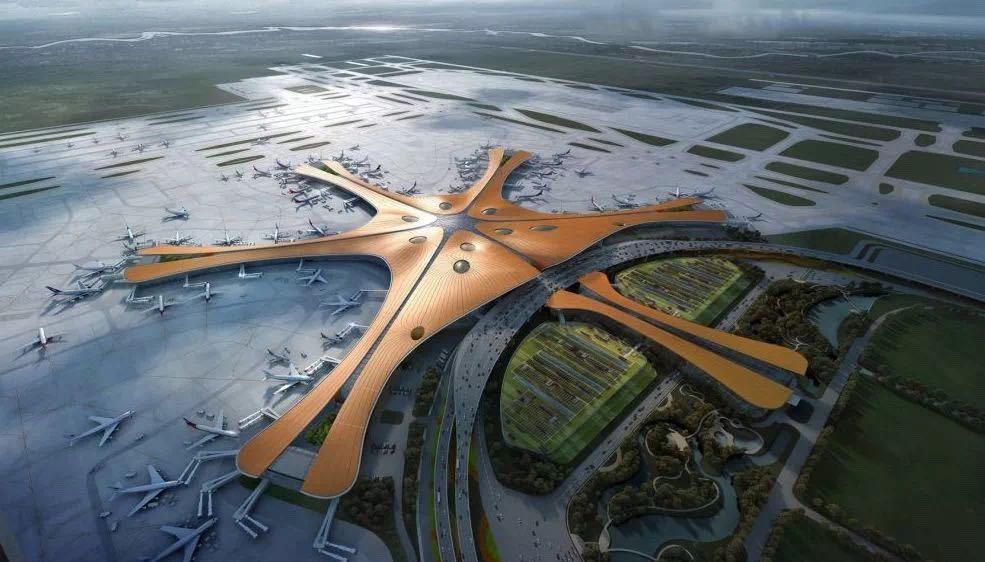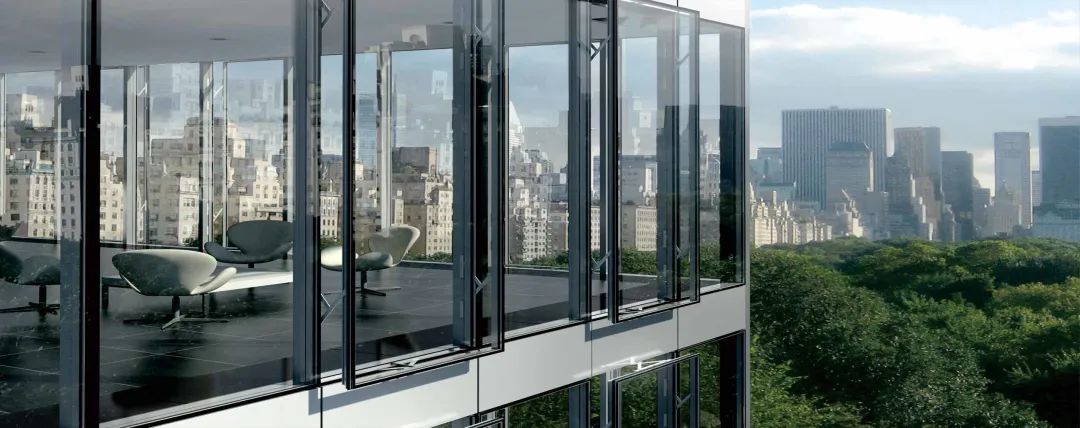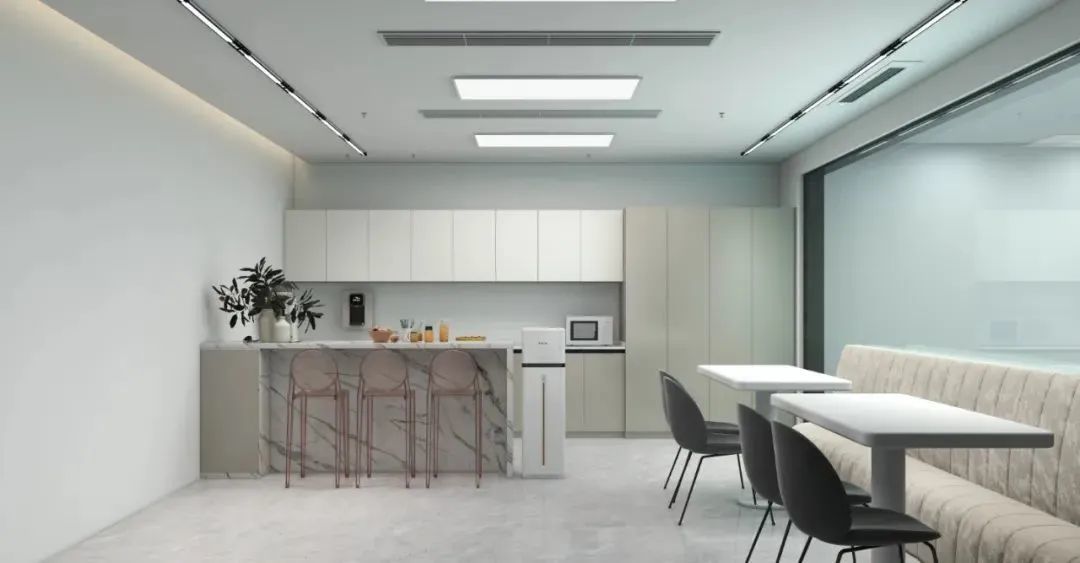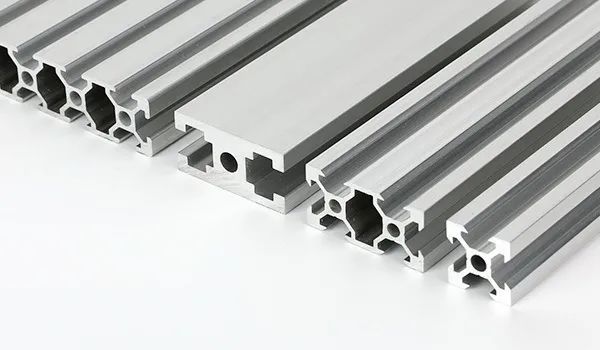Kemet Share | Extrusion Industrial Aluminum Operating Procedures and Precautions
Release time:
2021-08-20
1. Industrial aluminum alloy profile is an alloy material with aluminum as the main component. Aluminum rods are hot-melted and extruded to obtain aluminum materials with different cross-sectional shapes, but the proportion of added alloys is different, and the industrial aluminum profiles produced The mechanical properties and application fields are also different.
1. definition of industrial aluminum
1, industrial aluminum alloy profile, is a kind of aluminum as the main component of the alloy material, aluminum rod through hot melt, extrusion to obtain different cross-sectional shapes of aluminum materials, but the proportion of the added alloy is different, the mechanical properties and application fields of the industrial aluminum profile produced are also different. Generally speaking, industrial aluminum profiles refer to all aluminum profiles except aluminum profiles for building doors and windows, curtain walls, indoor and outdoor decoration and building structures.
2. Extrusion Industrial Aluminum Material Pay Attention to Operating Rules and Precautions
The most important problem in extrusion is the control of metal temperature. From ingot heating to quenching of extruded profile, it is necessary to ensure that soluble phase structure does not precipitate from solid solution or disperse and precipitate small particles. The ingot heating temperature is generally set in the temperature range of Mg2Si precipitation, the heating time has an important influence on the precipitation of Mg2Si, the use of rapid heating can greatly reduce the possible precipitation time. The extrusion temperature is adjusted according to different products and unit pressure during operation. The
(I) is analyzed from the process first:
3. The automatic feeding system is controlled by a time relay or a material level gauge to transmit signals. When there is a shortage of materials, the material level gauge transmits signals, and the system starts feeding. When the material is full, the signal of the material level gauge is interrupted and the feeding stops.
4. The feeding system is also realized by the frequency converter controlling the frequency conversion speed regulating cycloidal pin wheel reducer. The proportion is adjusted according to the rotating speed of the main engine screw. The current and torque of the main engine are directly affected by the feeding amount, and the feeding amount is less, and the current and torque of the main engine are reduced. On the contrary, it increases. When the feeding is too much, the actual current exceeds its rated current or torque exceeds its set value, the host will overload alarm shutdown, generally controlled at 50% to 80% of the rated value.
5. The vacuum exhaust system is directly controlled by the button to complete the vacuum pump. When the vacuum is opened, the solenoid valve is opened, and when it is closed, the solenoid valve is closed.
(III) Industrial Aluminum Extruder Operating Rules:
1. Check whether the oil pressure system leaks oil and whether the air pressure is normal.
2. Check whether the transmission belt, cooling bed and storage table are damaged or scratched.
3. Confirm the length of the aluminum profile before stretching, and then predetermine the stretching rate to determine the stretching length, that is, the moving position of the main chuck.
4. Confirm the clamping method according to the shape of the aluminum profile. For large-section hollow profiles, stretch pads can be plugged, but try to ensure sufficient clamping area.
5. When the aluminum profile is cooled to below 50 ℃, the profile can be stretched.
6. When the profile is bent and twisted at the same time, the twisted shall be corrected first and then bent.
7, the first and second test pull, and confirm whether the predetermined stretching rate and clamping method are appropriate. Visually bend, twist, check the plane clearance, flaring, and parallel of the profile. If it is not suitable, adjust the stretching rate appropriately.
8. When the normal stretching rate still cannot eliminate bending, twisting, or the geometric size cannot be qualified, the operator shall be notified to stop squeezing.
9. The profiles on the cooling table cannot rub against each other, collide, overlap and stack to prevent wiping. The working efficiency and service life of
industrial aluminum extruder have a great relationship with the installation sequence of industrial aluminum extruder. The equipment foundation of general industrial aluminum extruder should not only bear the weight of the equipment itself and the weight of raw materials for production, but also bear the dynamic load of the industrial extruder. Therefore, the equipment installation must be carried out according to the corresponding installation procedures.
Contact Information
Customer Service Tel: +86-539-7177878
Mailbox: kemet@sdkemet.com
Zip Code: 273400
Address: Linyi City, Shandong Province
Copyright©2023 Kemet New Materials Technology Co., Ltd. All Rights Reserved





